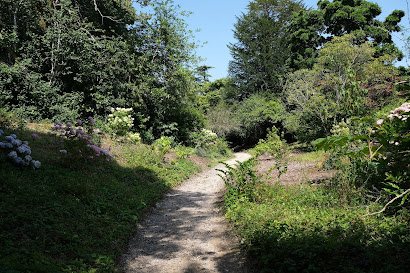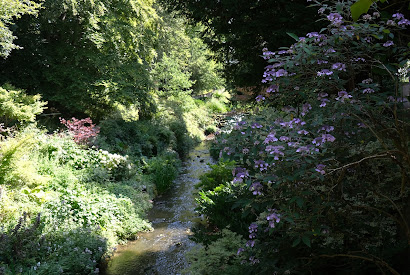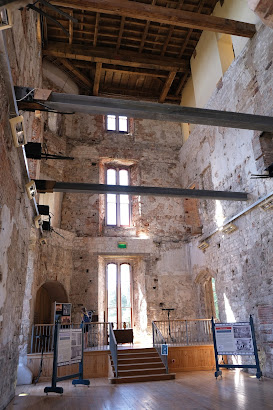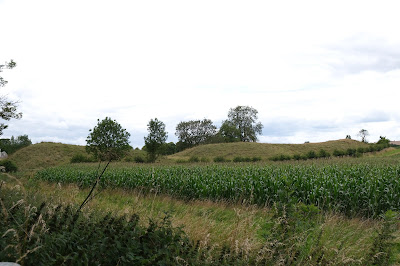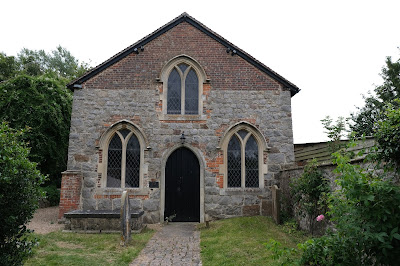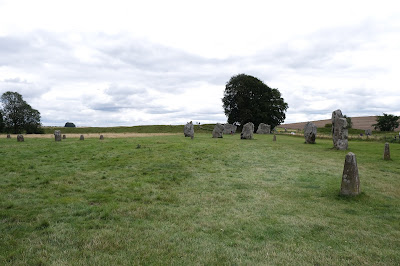On our way back from Sherborne Castle we decided to stop of at Minterne House and Gardens. It was somewhere we had passed on an excellent circular walk from Cerne Abbas.
We parked opposite the estate church of St Andrew. It dates from the 15th century, with rebuilding/restoration in the mid and late 19th century. (This is from the latest edition of Pevsner, which rather contradicts the 1972 edition I used to rely on.)
The house was rebuilt in 1904-6 in an idiosyncratic but effective style. It is the third house on the site: the second was found to have dry rot, rats and drainage problems which led to it being demolished.
We then headed along a path into the gardens ...
... which we were surprised and delighted to find were presented as Minterne Himalayan Gardens. There were some delightful trees, especially this one with apparently two different flowers.
The path headed downhill along a narrow valley. At the bottom of the valley, there is a lowest of a series of pools which have been formed in the River Cerne.
We ambled our way uphill, passing this beautifully shaped tree ...
... and this delightful bridge. It was a shame about the algae.
At the top we had a nice view of the lake which is at the lowest point in the site.
Conditions: mild and sunny.
Map: Explorer 117 (Cerne Abbas & Bere Regis)
Rating: Three stars.
Map: Explorer 117 (Cerne Abbas & Bere Regis)
Rating: Three stars.


